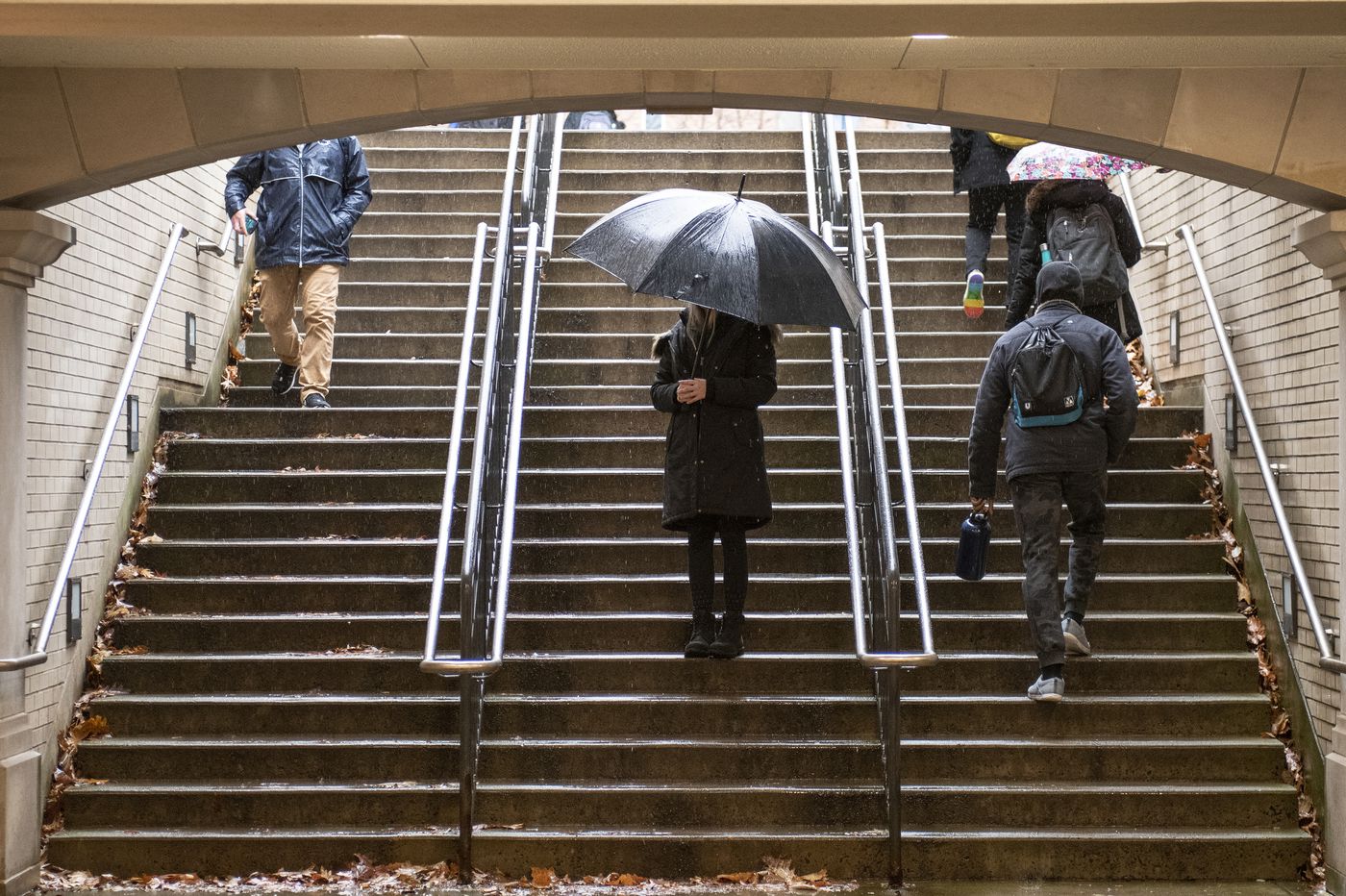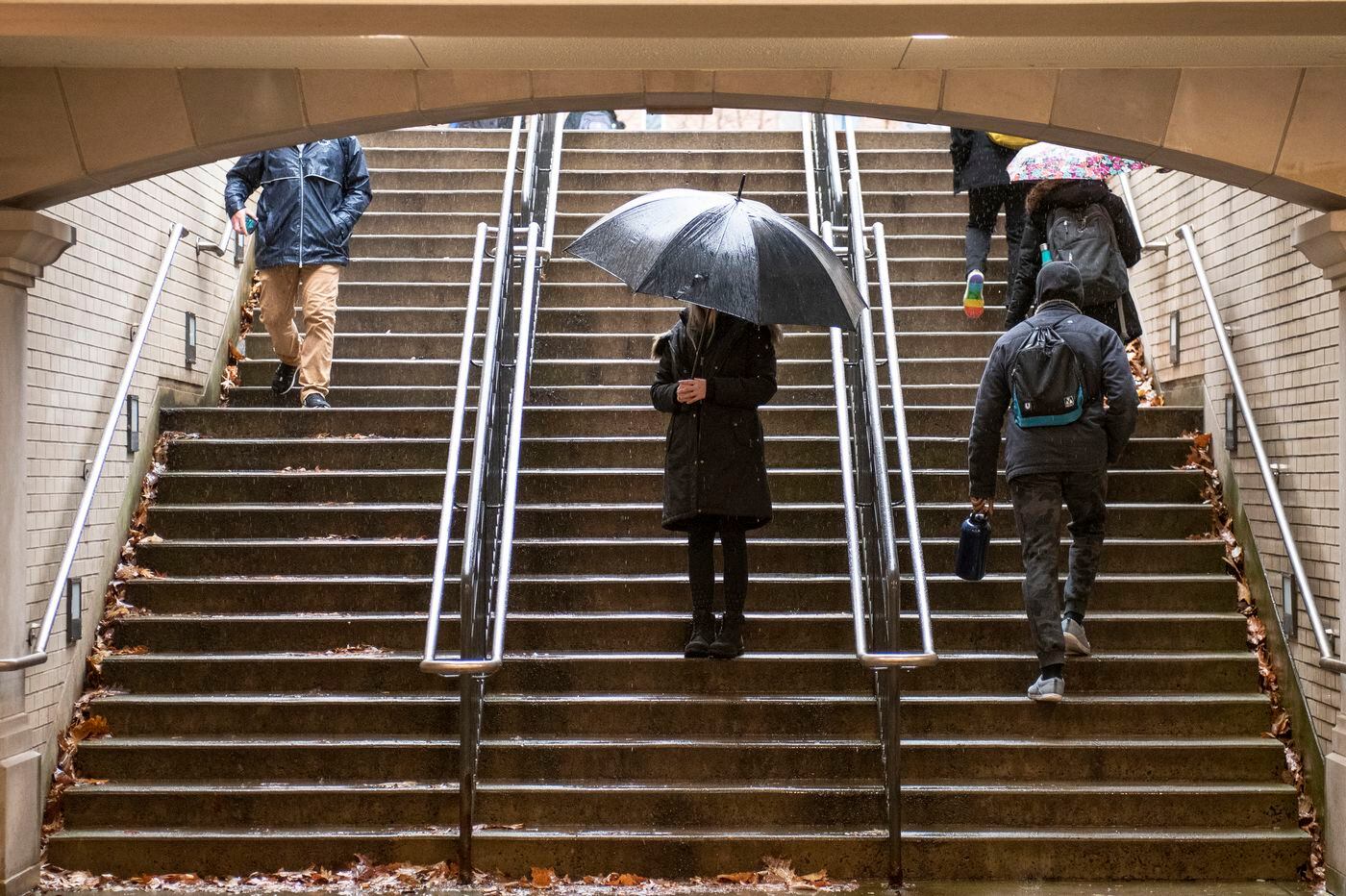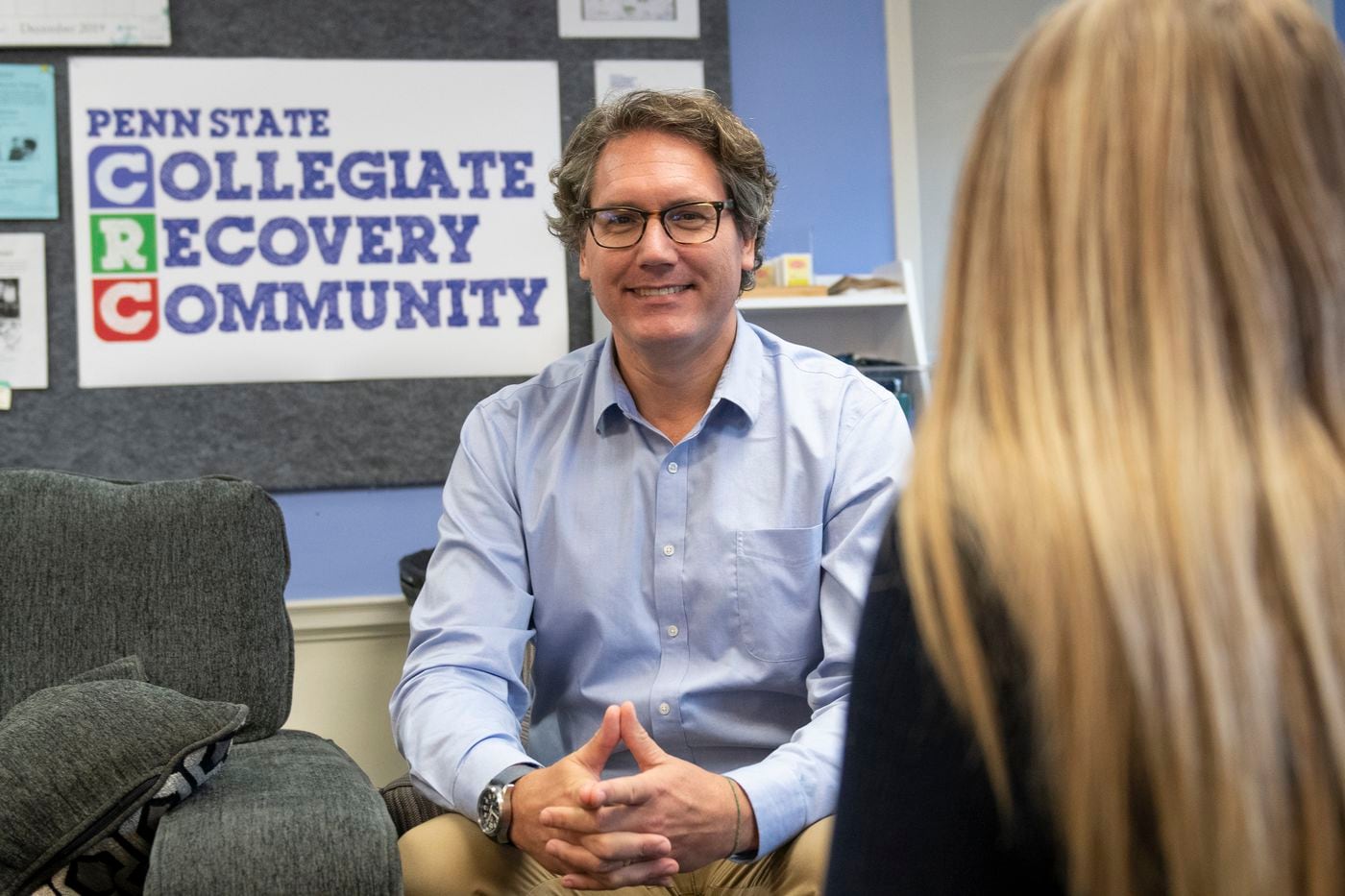Cannabis-related psychosis, addiction, ER visits: For young users, marijuana can be a dangerous game


Not long ago when Joseph Garbely, chief medical officer for the Caron Foundation, reviewed younger patients starting drug or alcohol treatment on his unit, he usually saw people shaking, sick, and seizing from alcohol or opioid withdrawal. Marijuana was seldom what put them in those medical beds.
“A few years ago, it was rare to see a young person enter Caron with marijuana-induced psychosis,” said Garbely. “Now we see it on a regular basis. Older teens and young adults — approximately ages 18 to 26 — are the most impacted. We see a significant misperception about the safety and efficacy of marijuana among our teen and young adult patient population.”
While it was once doubted as an addictive substance, treatment professionals now say they are seeing more adolescents and young adults with cannabis use disorder. Often starting in their early teens, many graduate to daily use.
“The majority of cases we see of substance use disorder are marijuana,” said Ned Campbell, medical director of Rehab After School, an intensive out-patient program for adolescents in southeastern Pennsylvania, including the Philadelphia area.
Independence Blue Cross, the region’s largest health insurer, has seen claims for cannabis use disorder treatment rise substantially. Between 2012 and 2018, there was an 180% increase in marijuana treatment claims. That included a 100% claim rise for patients ages 19 to 25. Claims for adolescents requiring treatment went up 25% during the same period.
Terri L. Randall, medical director of Children’s Hospital of Philadelphia’s Substance Use Disorder Clinic, said it has become more common for young patients to experience bad reactions like extreme anxiety and even detachment from reality from cannabis use — and continue using.
“The fact that kids continue to use, even despite an adverse experience or unpleasant experience with marijuana, is really concerning to me,” Randall said. “Not only are they having difficult consequences of their use, but they also are finding themselves using more and are unable to control their use. That really is at the heart of the diagnosis of addiction.”
“We’re certainly seeing a lot more emergency department visits due to marijuana,” said Kevin Osterhoudt, medical director of Children’s Hospital of Philadelphia’s poison control center. ”We’re seeing more people with paranoid delusions. We’re seeing a lot more people with signs of acute psychosis.”
Today’s marijuana is not the reefer of the Woodstock generation or even the weed of the Grunge era. Over the decades, the amount of THC — the psychoactive compound in cannabis — has soared.
In the 1990s, THC concentrations were still in the single digits. Now, the THC percentage in a marijuana cigarette can range from the teens to as high 30% with some strains.
Some research has suggested that for new or infrequent users, vaping cannabis produces stronger effects than smoking. In this year’s mysterious rash of vaping-related lung injuries — which has accounted for 52 confirmed deaths in 26 states, according to the Centers for Disease Control and Prevention — many involved vaping THC products. While the CDC has identified vitamin E acetate as “a chemical of concern” in these cases, it’s just one of many substances present in vaping oils and liquids. The CDC has said the mystery of these illnesses is far from solved and has recommended people not use any THC-containing e-cigarette products.
Regular marijuana use may not have the crash-and-burn effect of other drugs, but it can limit a young person’s social, academic and personal development.
“For many of them, there is a grieving process,” said Jason Whitney, program coordinator of the Penn State Collegiate Recovery Community. “They’re so much behind where they want to be.”


The National Institute on Drug Abuse cites research that suggests between 9% and 30% of people who use marijuana may develop use disorder, and the risk increases the younger someone starts using. Individuals who begin using cannabis before age 18 are four to seven times more likely than adults to develop marijuana use disorder. And the likelihood is that more young people will be impacted; two studies published earlier this month in the Journal of the American Medical Association found more teenagers are vaping cannabis than ever before.
Episodes of acute psychosis seem to go away if the user stays off the drug. But adolescents who use especially high potency marijuana may be at increased risk for developing a chronic psychotic disorder such as schizophrenia, particularly if they had a genetic predisposition. A recent article in the journal The Lancet said at least 12% of new cases of psychosis could be eliminated if high potency marijuana wasn’t available.
“The toxicity is certainly less. And the severity of the substance use disorder tends to be less severe than what you can do to yourself with alcohol and heroin,” Danovitch said. “However, that doesn’t mean it’s safe.”
She started smoking marijuana early in high school. The initial relaxed high it gave her turned to anxiety and paranoia, but she wanted the good feeling back, so she stuck with it. By her junior year, she was using cannabis before and after school, before dinner, after dinner, to do homework. She said she needed marijuana just to “feel normal.”
Marguerite believes she was in psychosis not long after graduating high school. She ended up hospitalized a few days, diagnosed with an anxiety disorder. The hospital sent her home with Xanax and told her to go to substance use outpatient treatment. She did briefly, but went back to marijuana and alcohol. She continued to use until she ran out of money. Then her family sent her to Caron in 2016.
After Caron, Marguerite attended Marymount University in Virginia before transferring to Penn State in 2018 because of its recovery community. She’s in ROAR House, Residence of Addiction Recovery. She goes to 12 step meetings. She enjoys the support.
 Pathways Drug Rehabilitation Luxury Addiction Treatment & Detox Center
Pathways Drug Rehabilitation Luxury Addiction Treatment & Detox Center


